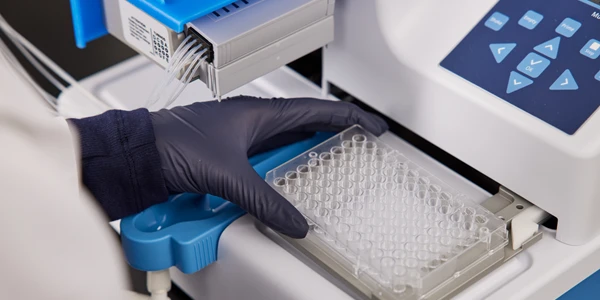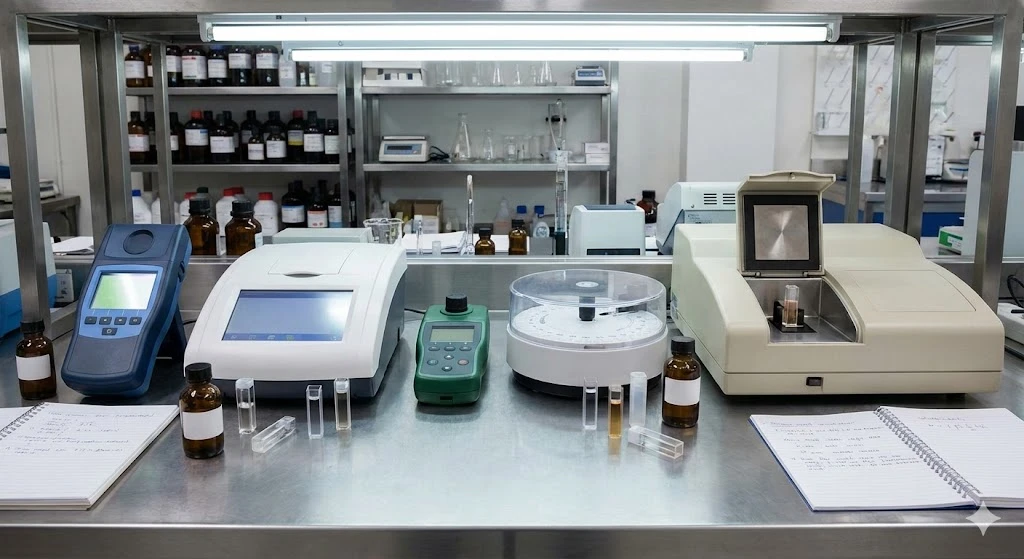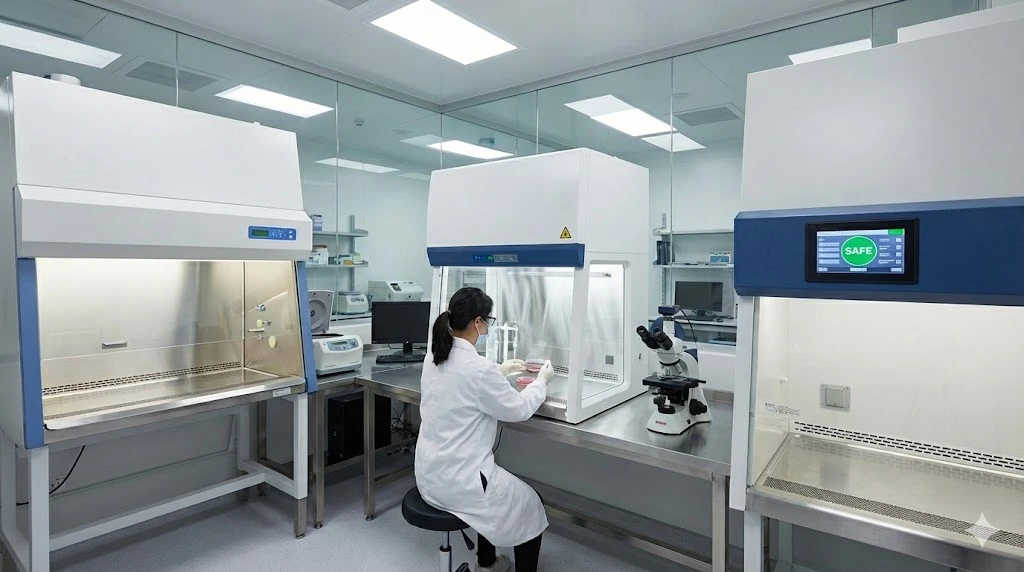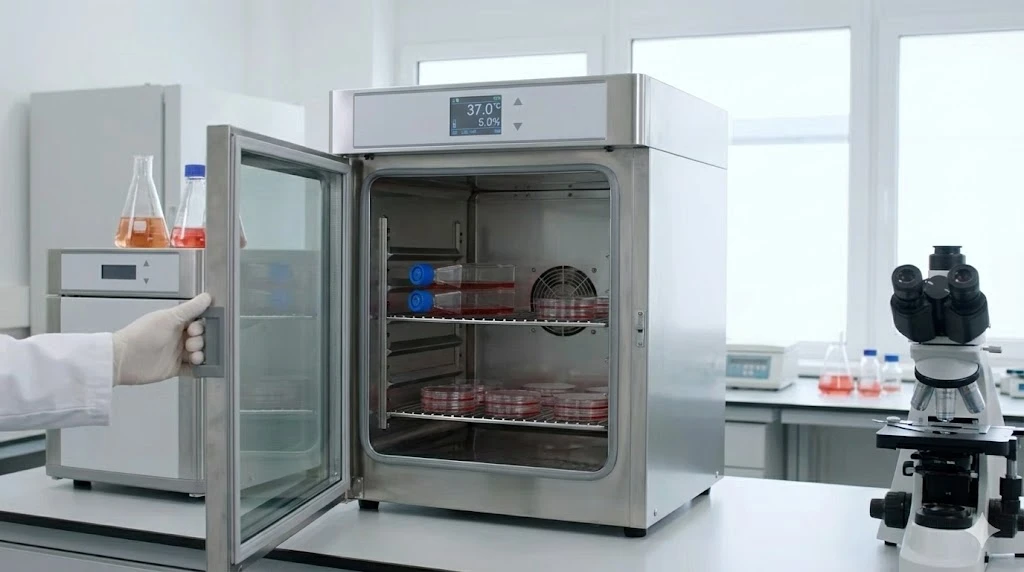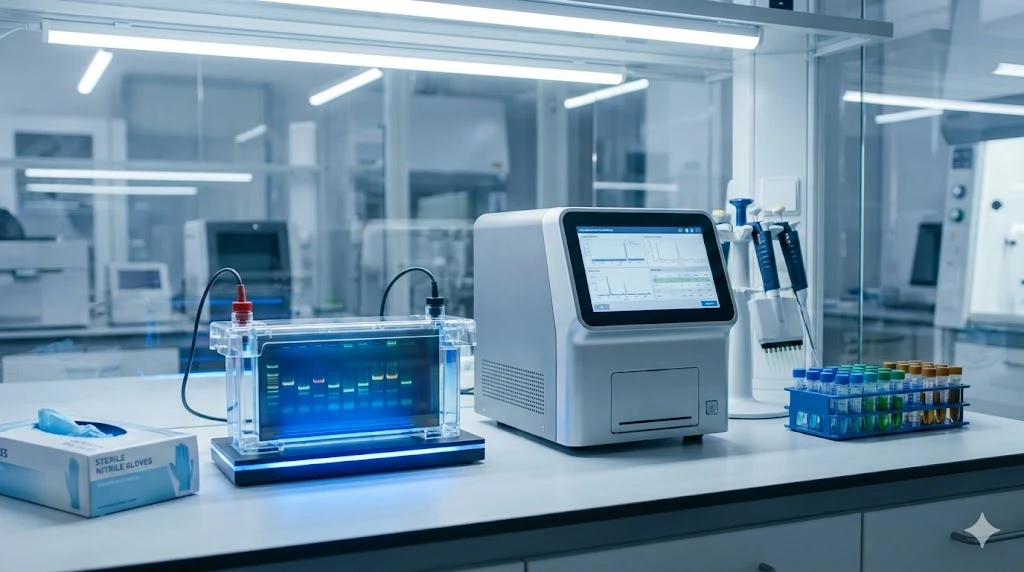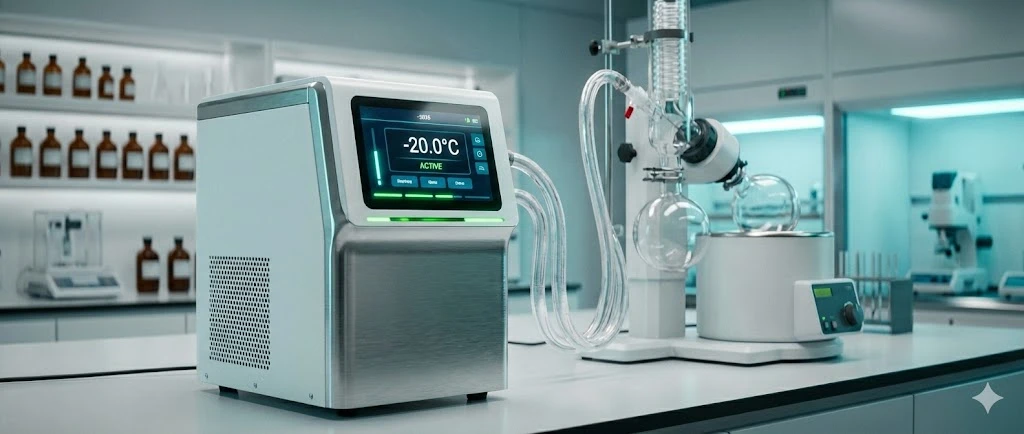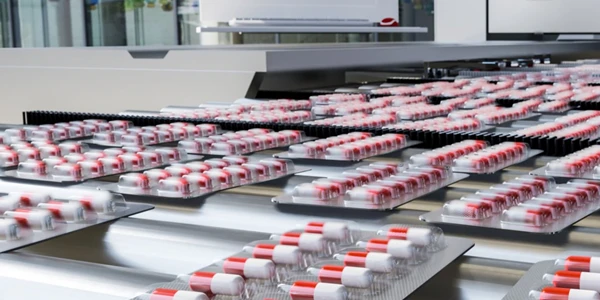Powering Tomorrow: How Laboratories are Driving Battery and Renewable Energy Advancement
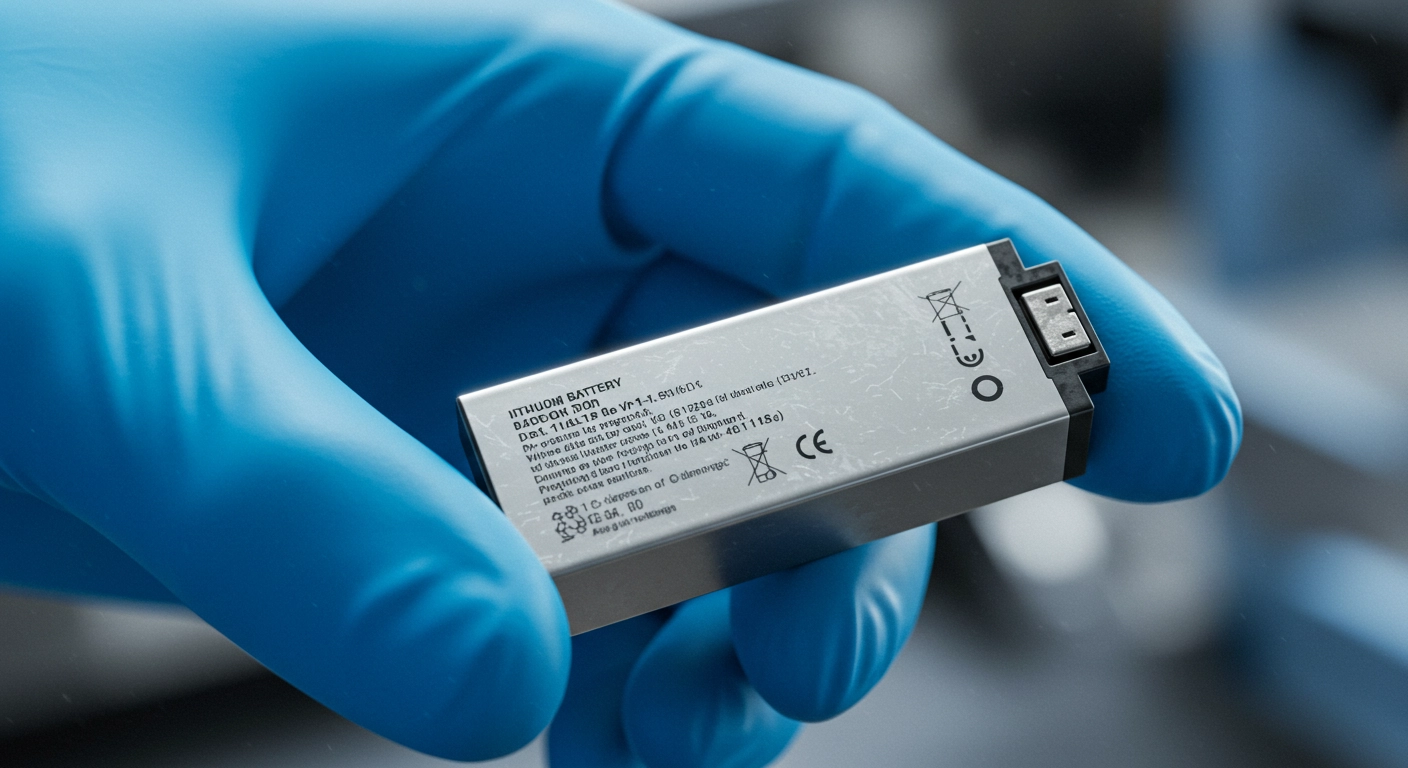
The global push for a sustainable future is more urgent than ever. With the looming threats of climate change, the desire for energy independence, and the relentless pace of technological innovation, the imperative for advanced energy research has never been clearer. At the heart of this revolution are laboratories, where cutting-edge research and development are transforming the way we generate, store, and utilize energy. This transformation heavily relies on specialized laboratory equipment for battery and renewable energy development. Our journey towards a greener future is largely powered by advancements in two critical areas: battery storage and renewable energy generation. From powering our smartphones to enabling electric vehicles and grid-scale storage, batteries are fundamental to our energy transition. Laboratories are tirelessly working on improving these technologies, requiring extensive battery development tools and sophisticated energy storage system testing equipment. Lithium-ion (Li-ion) Batteries: Still the dominant technology, ongoing research focuses on increasing energy density, extending lifespan, and improving safety. This involves continuous battery performance testing and battery safety testing using a range of lab instruments for battery R&D. Solid-State Batteries: Offering the promise of higher energy density, faster charging, and enhanced safety by replacing liquid electrolytes with solid ones. Their development demands specialized advanced energy materials lab equipment for novel material analysis. Flow Batteries: Ideal for large-scale, long-duration energy storage due to their scalable design and ability to separate power and energy components. Energy storage system testing equipment designed for large capacities is crucial here. The generation side of the equation is equally vital, with continuous innovation in: Solar Photovoltaic (PV): Improving efficiency, durability, and cost-effectiveness of solar panels to capture more sunlight. This involves specialized solar energy research equipment and solar panel testing equipment. Wind Energy: Developing more efficient and resilient wind turbines, including offshore solutions, to harness wind power effectively. This requires specialized wind energy lab tools for aerodynamic and power output analysis. Fuel Cells: Converting chemical energy directly into electricity with high efficiency, offering a clean alternative for various applications, particularly in hydrogen-based systems. Fuel cell development equipment is key to their optimization and durability testing. The advancements in these technologies don't happen by chance. They are the direct result of rigorous laboratory analysis and dedicated R&D, spanning from fundamental materials science to sophisticated device characterization and complex system integration. Every step requires precise laboratory equipment for battery and renewable energy development. Fundamental Materials Science: Scientists explore novel materials at the atomic and molecular level, seeking properties that can unlock new efficiencies and capabilities in batteries and renewable energy devices. This involves synthesizing new compounds, understanding their structure, and predicting their performance using advanced energy materials lab equipment and materials characterization equipment. Device Characterization: Once materials are integrated into prototypes, laboratories meticulously test their performance, durability, and safety under various conditions. This involves cycling batteries, measuring solar cell efficiency, and analyzing fuel cell output, relying heavily on integrated energy technology research instruments. System Integration: Beyond individual components, laboratories are crucial for optimizing how these technologies work together within larger energy systems, ensuring seamless integration and maximum efficiency. This often involves large-scale energy storage system testing equipment and smart grid lab equipment. To achieve these breakthroughs, laboratories rely on a sophisticated array of laboratory equipment for battery and renewable energy development. These instruments enable researchers to probe, measure, and analyze every aspect of energy materials and devices. These are the bedrock for battery and fuel cell research, allowing precise control and measurement of electrical reactions. This is a core part of electrochemical analysis instruments. Potentiostats/Galvanostats: These instruments are crucial for controlling and measuring current and voltage in electrochemical cells. They allow researchers to conduct experiments like cyclic voltammetry, galvanostatic cycling, and impedance spectroscopy, providing vital data on reaction mechanisms, kinetics, and battery performance and degradation, essential for comprehensive battery performance testing tools. Electrochemical Workstations: Often incorporating potentiostats/galvanostats, these integrated systems offer comprehensive capabilities for a wide range of electrochemical studies, including materials characterization, corrosion analysis, and sensor development, all essential for understanding and improving energy storage devices through precise battery development tools. For in-depth characterization of materials and components, revealing their composition, structure, and thermal behavior. These form a critical part of advanced energy materials lab equipment. Mass Spectrometers: Used to identify and quantify the chemical compounds present in a sample by measuring the mass-to-charge ratio of ions. In energy research, they help analyze gas evolution from batteries, degradation products, and the purity of materials, contributing to battery safety testing and understanding battery degradation analysis equipment. X-Ray Analytical Instruments: Techniques like X-ray Diffraction (XRD) and X-ray Fluorescence (XRF) are indispensable. XRD provides information on the crystalline structure, phase composition, and preferred orientation of materials, crucial for understanding battery electrode materials or photovoltaic layers. XRF determines the elemental composition of materials, vital for quality control for energy components and new material development. Thermal Analysis Equipment: Instruments such as Differential Scanning Calorimeters (DSC) and Thermogravimetric Analyzers (TGA) are used to study the thermal properties of materials. DSC measures heat flow associated with transitions like melting or crystallization, while TGA measures weight changes as a function of temperature, indicating decomposition or hydration. These are critical for assessing battery thermal stability and safety, and understanding thermal management testing (energy systems). Moisture Analyzers: Measuring the water content in materials is critical, especially for battery components where even trace amounts of moisture can significantly degrade performance and safety. These instruments use techniques like Karl Fischer titration or thermogravimetric principles to ensure materials meet stringent dryness requirements, vital for battery manufacturing lab equipment. Calorimeters: These devices measure heat changes during chemical reactions or physical changes. Beyond DSC, specialized calorimeters are used to measure the heat generated or absorbed during battery charging and discharging cycles, providing crucial insights into energy efficiency and thermal management testing (energy systems). Gas Analyzers: Used to detect and quantify gases released during battery operation or degradation, or in fuel cell systems. This helps in understanding safety aspects, reaction mechanisms, and overall system efficiency by monitoring gases like hydrogen, oxygen, carbon dioxide, or volatile organic compounds, contributing to advanced fuel cell development equipment. Crucial for understanding the physical properties, structural integrity, and durability of materials and components under stress. These are essential for comprehensive physical testing equipment (energy components). Refractometers: Measure the refractive index of liquids, which can correlate to concentration or purity. In battery development, they might be used to check the concentration of electrolytes or other liquid solutions. Viscometers/Rheometers: These instruments measure the viscosity and rheological properties (flow and deformation) of liquids and slurries. This is vital for optimizing the formulation of battery electrode slurries for manufacturing processes like coating, ensuring uniform and stable layers for battery manufacturing lab equipment. Universal Testers: Also known as tensile testers, these machines apply controlled forces to materials to determine their mechanical properties such as tensile strength, compression strength, flexural strength, and elongation. This is important for assessing the robustness of battery casings, separators, or structural components in renewable energy systems, forming part of crucial materials characterization equipment (for energy applications). Essential for developing, testing, and optimizing power systems, including grid integration and energy management, often found within clean energy lab equipment. Power Supplies: Provide stable and controlled electrical power for testing various components, devices, and small-scale prototypes in the lab, from charging individual battery cells to powering experimental setups for renewable energy conversion – a fundamental part of battery performance testing tools. Power Generation Equipment: This can range from small-scale solar simulators to miniature wind turbines or even laboratory-scale fuel cell stacks used for research and characterization of energy generation technologies under controlled conditions, forming part of dedicated renewable energy testing equipment. Fuel Cells: Dedicated laboratory setups for testing and characterizing various types of fuel cells (e.g., PEMFC, SOFC). These systems allow researchers to study performance, efficiency, degradation mechanisms, and the impact of different fuels under controlled operating conditions, utilizing specialized fuel cell development equipment. Solar Power Systems: Laboratory-scale solar PV test benches equipped with solar simulators and power measurement devices are used to characterize the efficiency, degradation, and long-term performance of new solar cell materials and modules under standardized light conditions, forming a key component of solar energy research equipment. Power Conditioners/Voltage Regulators: These devices protect sensitive lab equipment and experimental setups from power fluctuations, ensuring stable and reliable power delivery critical for accurate and repeatable measurements in energy research. Battery Backup Power/UPS Systems: Uninterruptible Power Supplies (UPS) provide continuous power to critical experiments and instruments during power outages or fluctuations. In a broader sense, this also includes lab setups for testing and evaluating grid-scale battery backup systems and their integration, which is essential for real-world energy storage system testing equipment. The laboratory is not just a place of scientific inquiry; it's the engine room of the energy revolution. Through relentless research, meticulous analysis, and the innovative application of advanced laboratory equipment for battery and renewable energy development, scientists and engineers are continually pushing the boundaries of what's possible in battery technology and renewable energy. As we face the challenges of a changing climate and a growing global energy demand, the work being done with specialized lab instruments for battery R&D and other cutting-edge tools is our most powerful means for building a brighter, more sustainable future for generations to come.The Energy Landscape: Batteries and Renewables at the Forefront
Battery Technologies: Storing the Future's Energy
Renewable Energy Sources: Harnessing Nature's Power
The Laboratory's Critical Role: From Atoms to Applications
Essential Lab Equipment: The Tools of Innovation
Electrochemistry Instruments:
Analytical Instruments:
Physical/Mechanical Testers:
Power & Simulation Equipment:
Conclusion: A Brighter, Sustainable Future, Forged in the Lab
